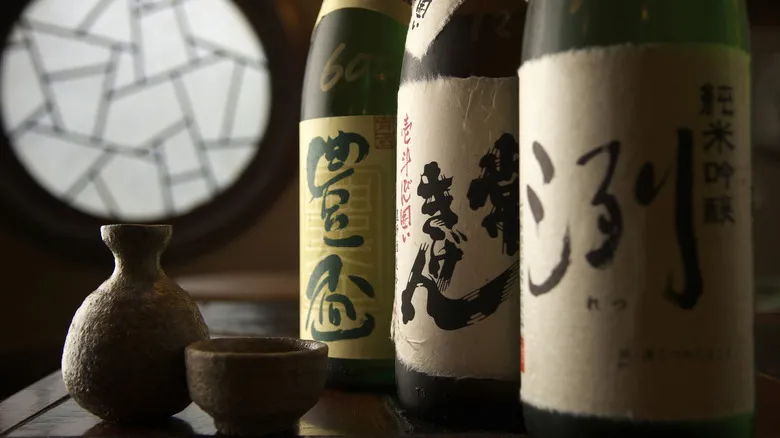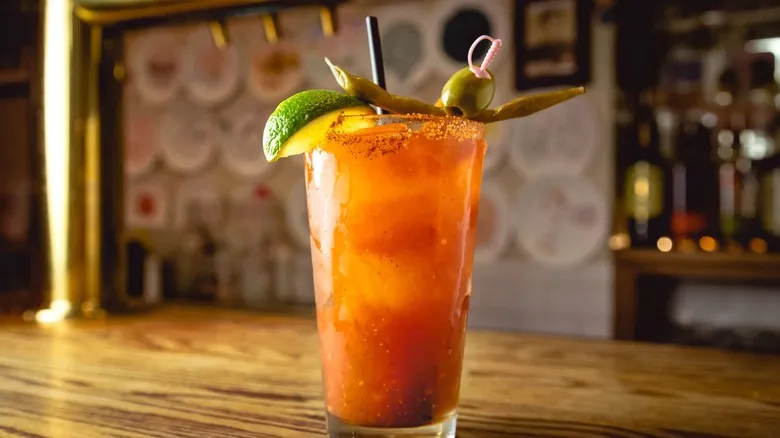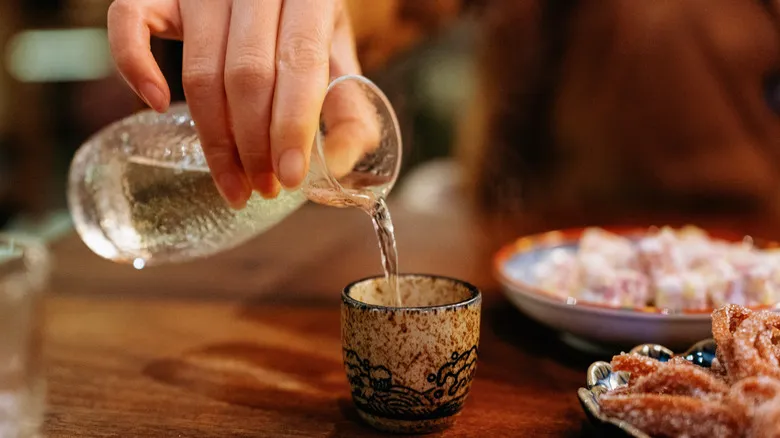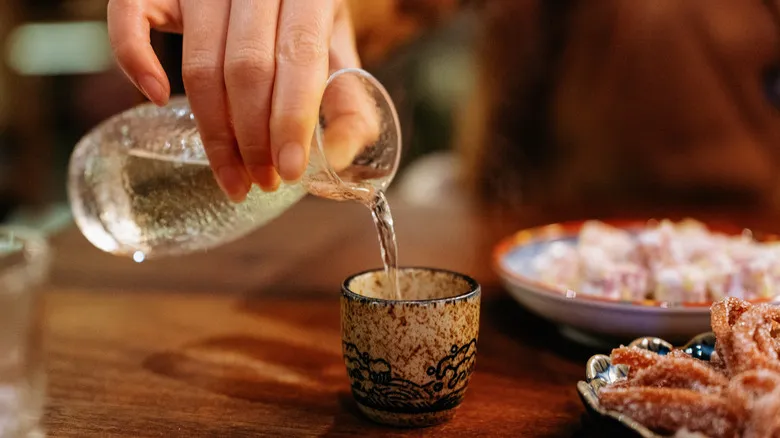Why UNESCO recognition means so much

Acknowledgment of accomplishments, whether through Oscar awards from the Academy of Motion Picture Arts and Sciences or a double gold medal from the New York International Spirits Competition, serves to validate products within an industry and enhances consumer awareness. However, UNESCO holds a unique position when it comes to historical and cultural recognition. As a branch of the United Nations, the organization is dedicated to global childhood education, as well as the promotion of science and culture. Each year, it honors Intangible Cultural Heritage, which includes rituals, social practices, festivals, and the "knowledge and skills required to create traditional crafts." This year, sake production was selected alongside 59 other traditions and living cultural expressions from around the globe.
By emphasizing koji fermentation and sake production, UNESCO is not only acknowledging traditional crafts but also the "collaborative efforts and strong teamwork" among farmers, sake makers, and communities. Organizations like the JSS and others hope that this recognition will stimulate global consumption. While international sales have been increasing in recent years, domestic sales in Japan have plummeted by 75% since 1973. This recognition could not only boost sales in Japan but also spark renewed interest in the art of sake production itself.
"International recognition through this mechanism will rekindle the interest of the Japanese people in this field," stated Kano Takehiro, Japan's ambassador to UNESCO, in an interview with ABS-CBN News. "This could lead to greater momentum in passing down skills and knowledge to the next generation."
Why sake has Intangible Cultural Heritage status

Sake is produced through the fermentation and brewing of rice. Unlike other fermented beverages such as wine and beer, which depend on natural or commercial yeasts to transform sugars and starches into alcohol, sake begins with koji. Koji is a cooked grain (typically rice, soybeans, or barley) that has been inoculated with Aspergillus oryzae, commonly known as koji mold. This mold's activation enables yeast to convert starches into alcohol. Additionally, the mold imparts a unique umami-sweet flavor and is utilized in the fermentation of various products, including sake, miso, and the sweet rice wine mirin, which can enhance dishes like fried rice.
The process of making sake is not as simple as just adding mold to rice and water. Specialized sake rice, characterized by a porous core that supports the growth of koji fungus, is polished and milled to specific degrees for different sake styles. Toji (sake masters) and kurabito (brewery workers) carefully oversee the development of the koji and later the shubo, or yeast starter culture, before the actual production and aging of the sake commence.
Traditionally, becoming a toji required years of apprenticeship, where one would observe and learn the craft, a system that was prevalent as recently as 1989. While this apprenticeship model still exists in some regions, many sake producers now employ graduates from agricultural colleges. The objective remains the same: to spend years mastering every aspect of the brewing process and to gain control over each stage. If you're interested in celebrating the new ICH designation with a bottle of sake, here's how long it will remain fresh after being opened.
Recommended

Red Snapper Vs Bloody Mary: What's The Difference Between The Cocktails?

What To Know Before Ordering Sake In Japan

Sangria Vs Mulled Wine: Is There A Difference?

The Stinger: The Glitzy Cocktail That Was Practically Forgotten After Prohibition
Next up

